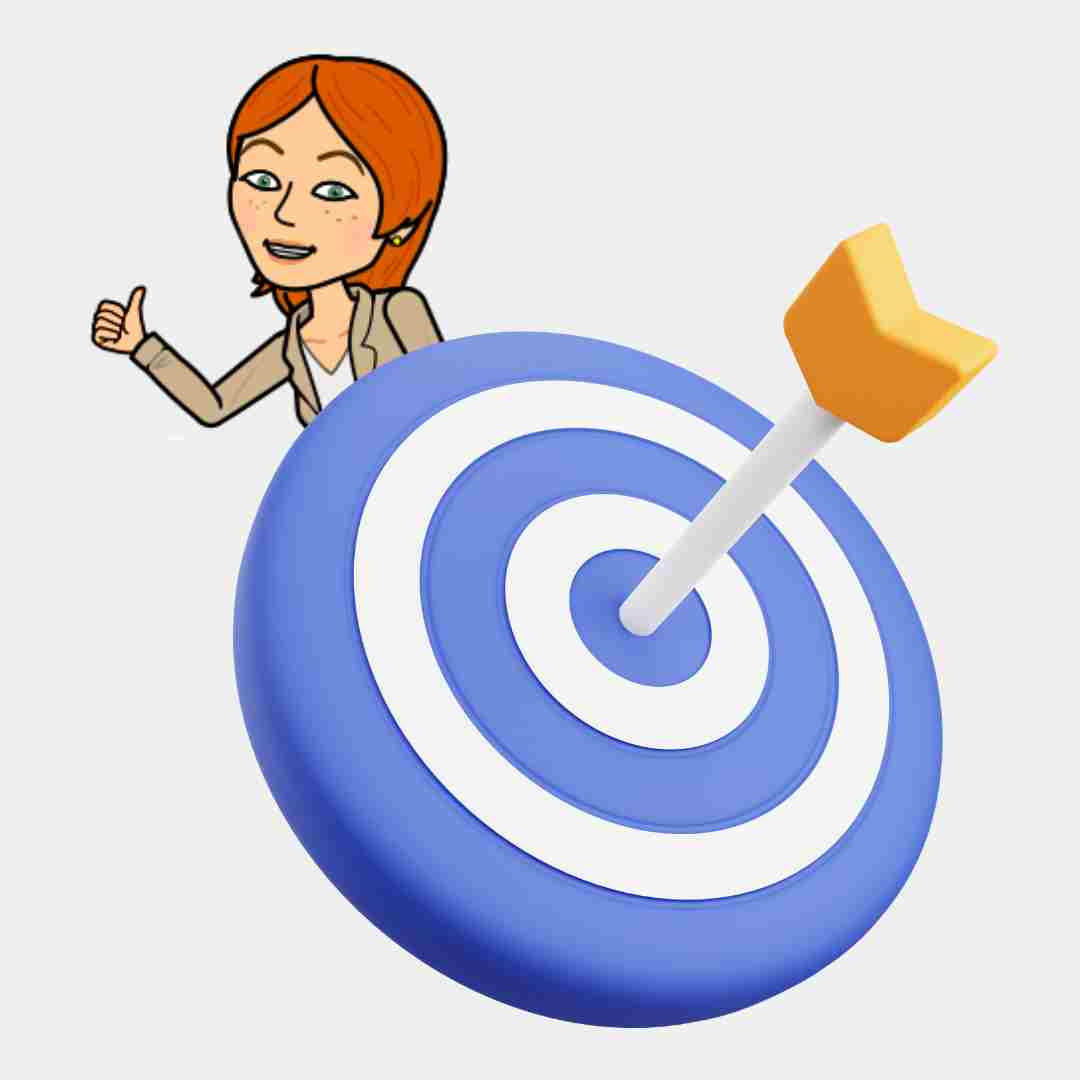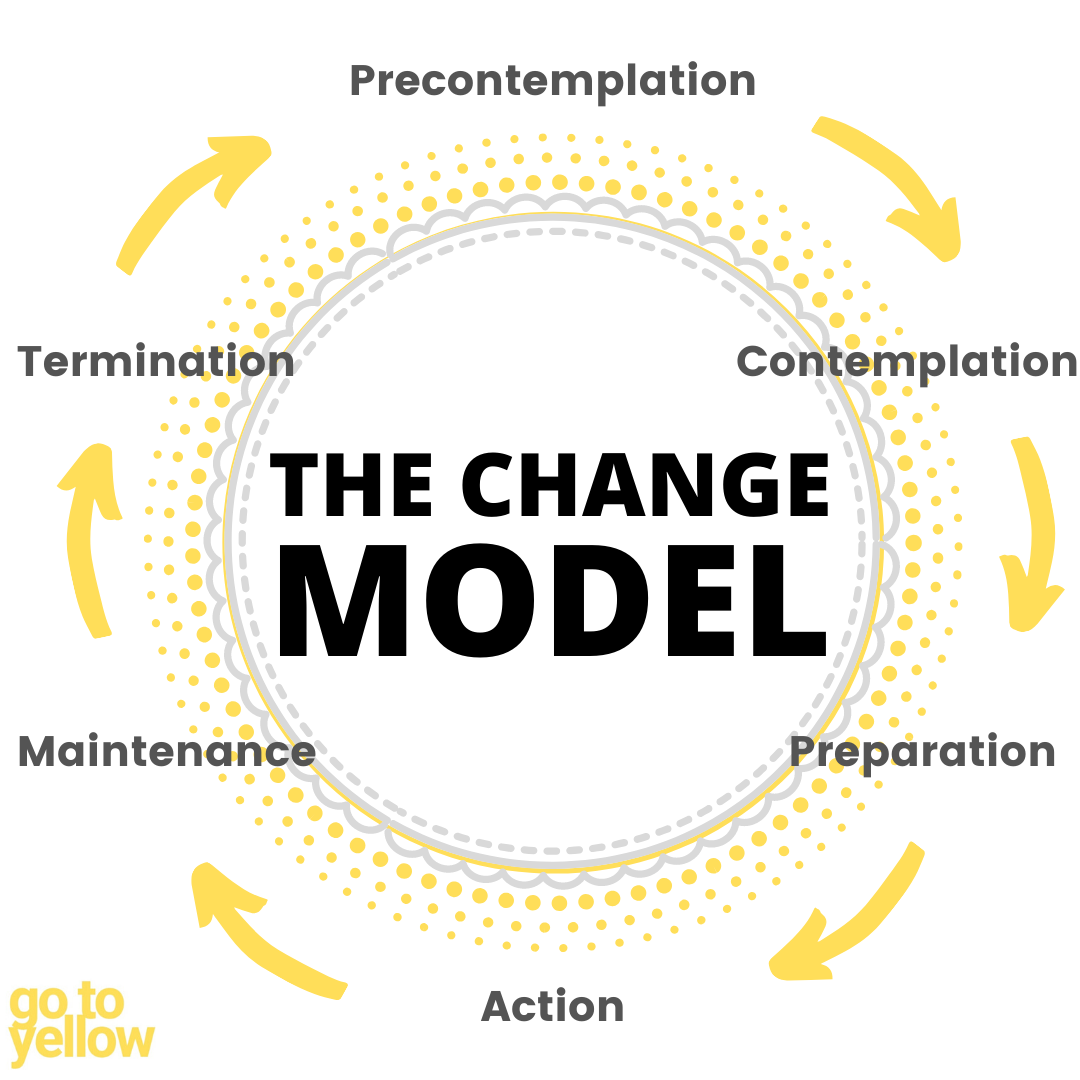
Redefining Success | Resorting Life Balance
how to be curious?
-
By Tammy Whalen Blake
- February 25, 2024
- 11:39 am
In a world often overshadowed by uncertainty and distraction, the quest for purpose emerges as a beacon of hope—an elusive yet essential pursuit that resonates deeply with individuals seeking fulfilment and meaning in their lives. Go To Yellow emerges as a beacon of guidance, offering expertise in personal development coaching that transcends borders. Rooted in a wealth of scientific research, their approach revolves around harnessing curiosity to illuminate the path towards their true calling.
Central to Go To Yellow’s philosophy addresses the common struggle of feeling uninspired—a phenomenon with profound psychological underpinnings. Studies in psychology suggest that a lack of purpose can lead to feelings of aimlessness and disengagement, affecting mental well-being and overall satisfaction with life. By recognising and addressing this challenge, Go To Yellow sets the stage for transformative growth.
Enter Tammy Whalen Blake, the visionary founder behind Go To Yellow, whose pioneering personal development approach has revolutionised how individuals perceive and pursue their purpose. Drawing upon years of experience and insight, Tammy has developed a groundbreaking methodology known as the “10 Questions” technique, a strategic framework grounded in cognitive science. Research on curiosity reveals that it is a fundamental motivator for learning and exploration, activating neural pathways associated with reward and pleasure. By encouraging individuals to delve into the details of everyday experiences, the “10 Questions” technique stimulates curiosity, fostering a sense of wonder and discovery.
At its core, the “10 Questions” technique encourages individuals to delve deep into the minutiae of everyday experiences, prompting them to ask ten probing questions about a single detail. Whether it’s a casual conversation with a colleague, a fleeting observation in nature, or a mundane task performed in routine, every moment becomes an opportunity for exploration and discovery.
Consider, for instance, a simple anecdote shared by a friend about their weekend activities, recounting their efforts to refurbish an old car. Rather than passively absorbing this information, participants of the “10 Questions” technique are encouraged to engage their curiosity by posing a series of inquiries about the car—its history, the restoration process, the challenges encountered, and beyond.
Initially, embracing this inquisitive mindset may feel unfamiliar or even daunting. Yet, Go To Yellow emphasises the importance of celebrating every step towards curiosity, recognising each engagement moment as a triumph. With time and practice, what once seemed arduous becomes second nature, and the ten-question threshold is surpassed with ease.
Neuroplasticity, the brain’s remarkable ability to reorganise and adapt, plays a pivotal role in the effectiveness of Go To Yellow’s approach. Studies have shown that engaging in curiosity-driven activities can enhance neuroplasticity, strengthening synaptic connections and promoting cognitive flexibility.
Through consistent practice, participants of the “10 Questions” technique develop a heightened capacity for curiosity, enabling them to uncover hidden passions and purpose.
Furthermore, interpersonal relationships are deeply influenced by the cultivation of curiosity—a principle supported by social neuroscience. Research suggests that curiosity fosters empathy and connection, promoting positive social interactions and deeper understanding between individuals. By actively listening and engaging with others, participants enrich their lives and contribute to society’s collective fabric.
As Go To Yellow continues to champion the transformative power of curiosity, it reaffirms its commitment to guiding individuals towards a life rich in meaning, authenticity, and purpose. So, dare to be curious, and let the journey towards self-discovery begin—a journey illuminated by the unwavering light of Go To Yellow.
Schedule a Call
Speak to us about your aspirations today during a no-obligation 30-minute video call. We’ll help you chart a path to freedom, and you can decide whether investing in your personal growth is right for you.

Tammy Whalen Blake
Founder of go to yellow
Personal Development Coach














